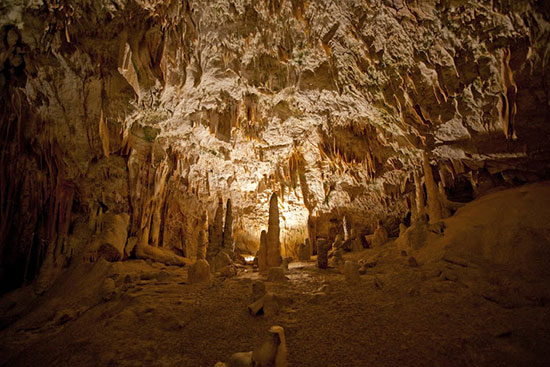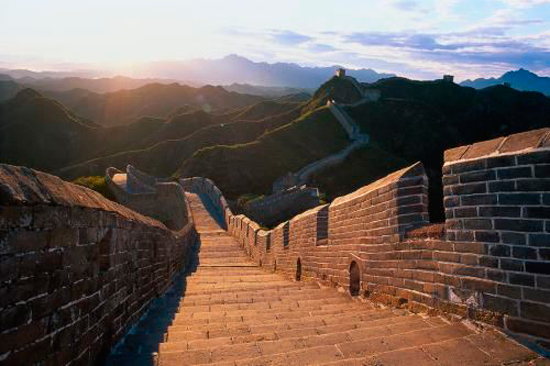Even today, in the 21st century, there are still millions of people living in the most arid areas of our planet. The Bedouin in the Sahara or the Aborigines in the Australian Outback: “the people of the desert.” The landscapes are unique and infinite, but life there is anything but easy. Water is scarce and weather conditions are often extreme.
Do you like adventures? We’re going to take you on a tour of deserts around the world.

Wadi Rum Desert in Jordan
It is the famous desert of Lawrence of Arabia, the Brit who joined the Jordanians during the Arab Revolt of the early twentieth century. Lawrence discovered the existence of this vast arid and mountainous area in the western interior of the country. The best way to cross it is in a 4×4 vehicle, as it is extensive, and also to take a camel ride to get the feeling of what it’s like to travel as a Nabatean or Bedouin. Among the hundreds of mountains, there’s one known as the “Seven Pillars of Wisdom,” which is the one of Lawrence of Arabia. Watching the sunset there is highly recommended. In these other huge formations and also in the famous Khaz’ali Canyon one can see mostly intact petroglyphs, paintings of ancient Talmud culture (which was prior to Islam). The Wadi Rum, or Uadi Rum, which means high valley, was declared a World Heritage Site by UNESCO in 2011.
The Australian desert, the Outback
It’s enormous, giant, expansive and spectacular. The Australian Outback actually takes up most of the country, and about 90% of the population lives in coastal cities. Its inhabitants are the Anangu Aboriginal people, descendants of the original inhabitants of the country before the arrival of the British. The Outback is distinguished by having more vegetation than other deserts and for not being so rugged. The interior of Australia is chock-full of life: there are “sacred” mountains, cities, airport and lots of kangaroos. It’s certainly not your typical desert. Alice Spring, Ayers Rock (Uluru), Kings Canyon and The Olgas should be on your must-see list.
The Sahara
This is the world’s largest desert after Antarctica and the Arctic (both poles are considered deserts of ice). Its length is equivalent to the US or China and its temperatures are the hottest in the world, with summer temperatures up to 55 degrees Celsius. However, experts believe that in the very near future (in the year 17,000) the Sahara will become one of the largest green areas on Earth. It makes up most of northern Africa, extending into Egypt, Libya, Chad, Algeria, Sudan, Mali, Mauritania, Morocco, Tunisia, and Niger. It is populated by the Tuareg (the Berber people), one of the few nomadic people left in the world.
The Arabian Desert
This desert ranges from the Nile to the Sinai Peninsula and the Red Sea, to Kuwait, Saudi Arabia, UAE, Yemen and Qatar. Although it’s not anymore, the Arabian Desert was a major commercial artery between the Middle East and North Africa not so long ago. In this case, as in the Wadi Rum in Jordan, the desert conceals an underground sea. This means not only a large pool of water but also oil, gas or sulfur and phosphate. The inhabitants are the Bedouins, the desert people, and have been for some 3,000 years. If you go with a 4×4, the ride is really fun. Dunes above and dunes below. There are many tours that include a walk, watching the sunset, dinner and even a belly dancing show. It’s a great way to experience the desert.
Twitter:DianaRPretel

 English
English Français
Français Deutsch
Deutsch Italiano
Italiano Español
Español
